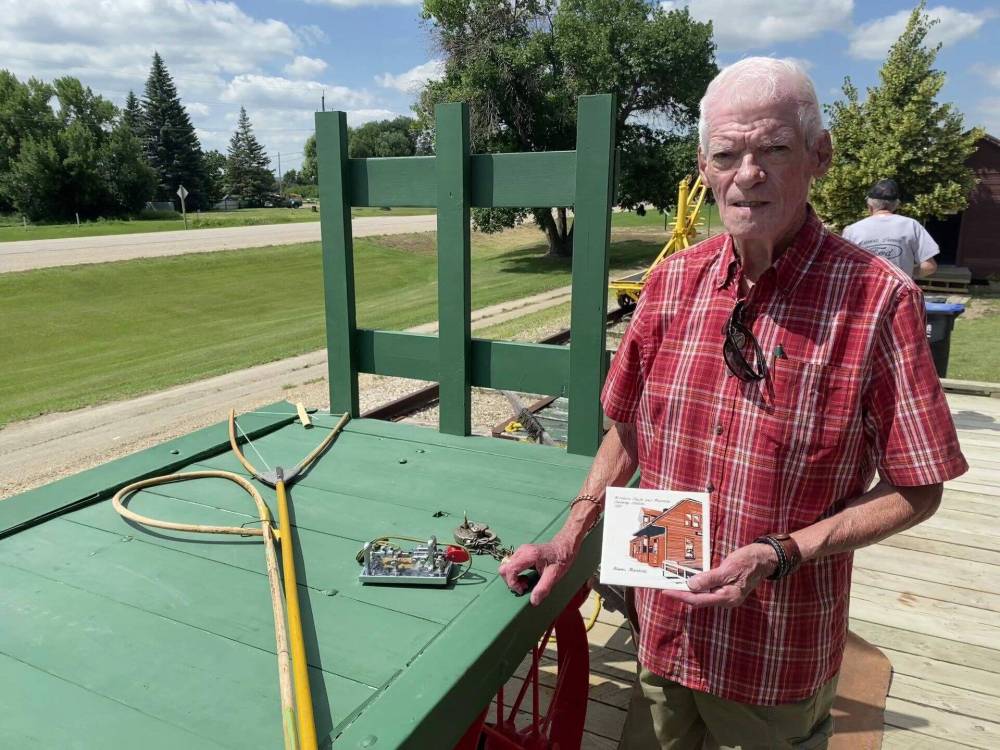All aboard — Exploring Manitoba’s rich railway heritage
Advertisement
Like many Winnipeggers, trains are part of my family heritage. Dad worked as a salesman, station agent, and carload manager from Saskatchewan to Thunder Bay — until his retirement from Winnipeg’s Symington Yards. My grandfather, brother, uncle, and distant cousins all worked as trainmen.
In the late 1980s, I worked at a historic site in the heart of Toronto. One building was the Don Station. A visitor asked me about the telegraph key on display: “How could it be used to make short “dots” and long “dashes” for Morse code when the clicks all sound the same?” I asked dad and he explained: “You don’t just listen to the clicks. You listen to the length of the space between each click.”
Dad is what museum researchers call a primary source because he can provide insight about objects based on first-hand experience. Last year, he met with a researcher who was working on a telegraphy exhibit for the Miami Railway Station Museum. We visited the museum recently to see the exhibit and the opening of the museum’s Fallout Reporting Post (FRP). During the Cold War, many “secret” underground bunkers were built near train stations so that agents with telegraphy skills could man the posts.

Supplied photo
Roy Kading, a former CN station agent, is seen donating railway memorabilia to the Miami Railway Station Museum. The museum is one of several rail-related places in the province people can visit this summer.
During our visit, dad shared first-hand stories and donated a telegraph key, a switch lock/key, and two “hoops” of different designs. President Joan Driedger was thrilled. Station agents used hoops to pass written orders to moving trains. She had been looking for the “string version” for many years. Ask for a demonstration when you visit.
Here are more ideas to explore our rich railway heritage:
Download the Manitoba Historical Society’s new app (MHS InSite). Enter “rail” as a keyword. The app will give you a list of “rail-related” historic sites across the province with maps showing how to get there.
Visit Winnipeg’s Rotary Heritage Park to see CN 2747. The first steam locomotive built in western Canada was built at the Transcona shops. Transcona Museum staff or volunteers are on site most Tuesday and Saturday mornings in August (10 to 11:30 a.m.) to open the enclosure and answer questions.
Ride the Prairie Dog Central (Winnipeg to Grosse Isle and back). Check out the August trips at www.pdcrailway.com. A variety of fun themes are offered: magic, family fun, music, bank robbery, cowboys, and more. Trains depart each week using steam or diesel locomotives.
All Aboard!

Michele Kading
St. Vital community correspondent
Michele Kading is a community correspondent for St. Vital. She is also the executive director of the Association of Manitoba Museums.
Our newsroom depends on a growing audience of readers to power our journalism. If you are not a paid reader, please consider becoming a subscriber.
Our newsroom depends on its audience of readers to power our journalism. Thank you for your support.




